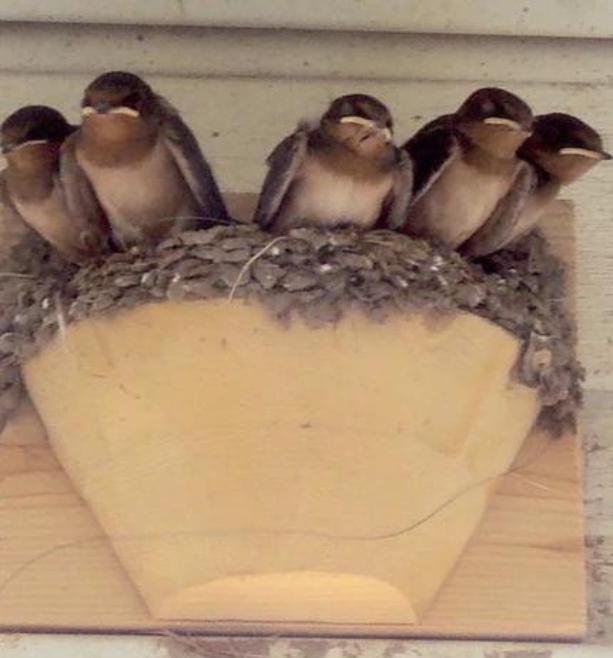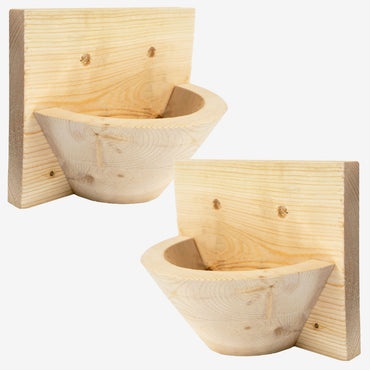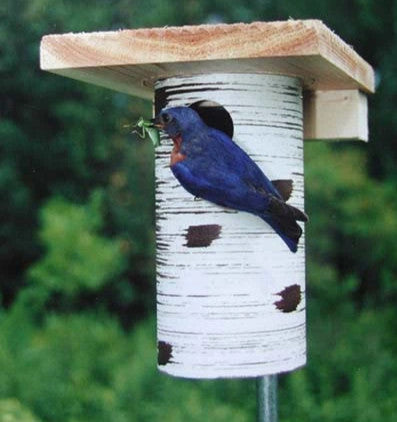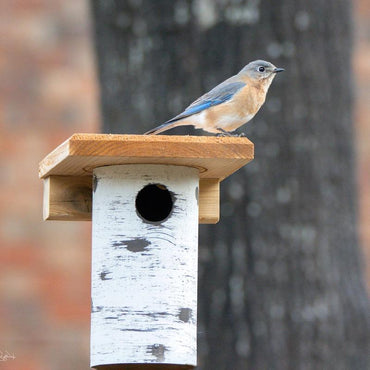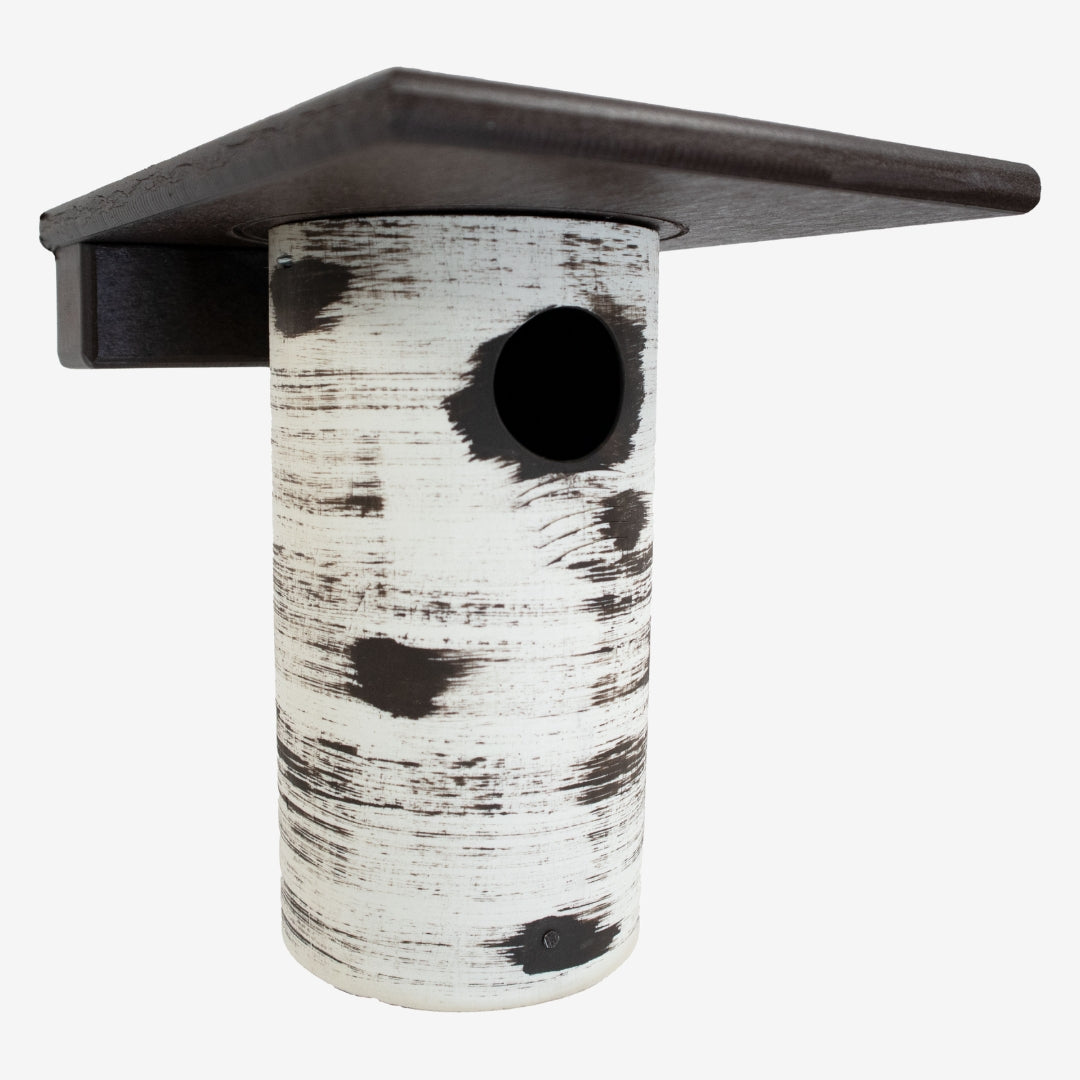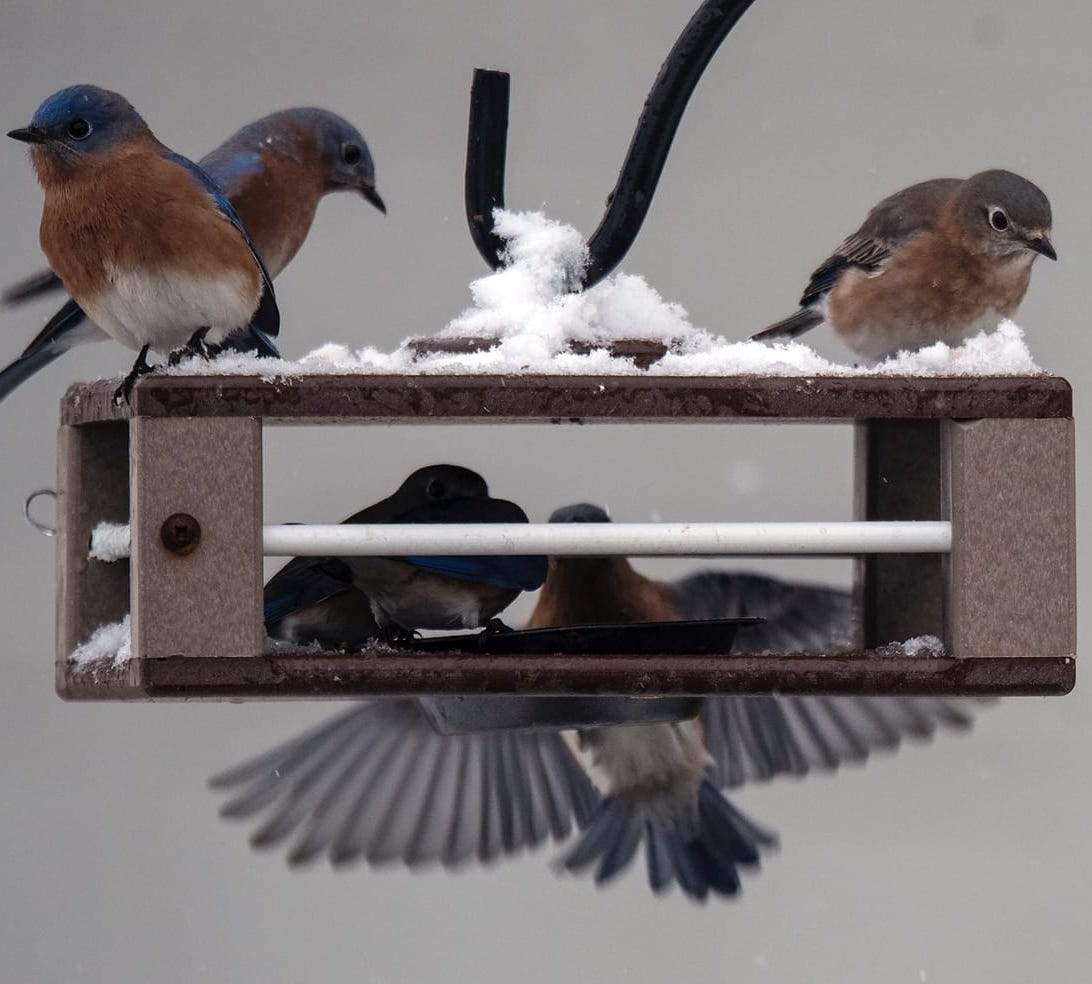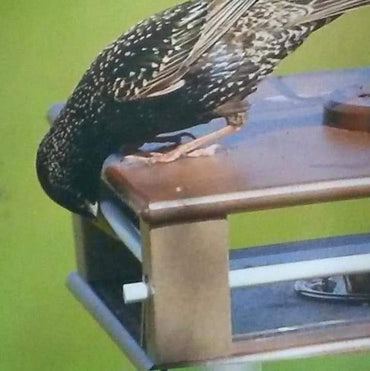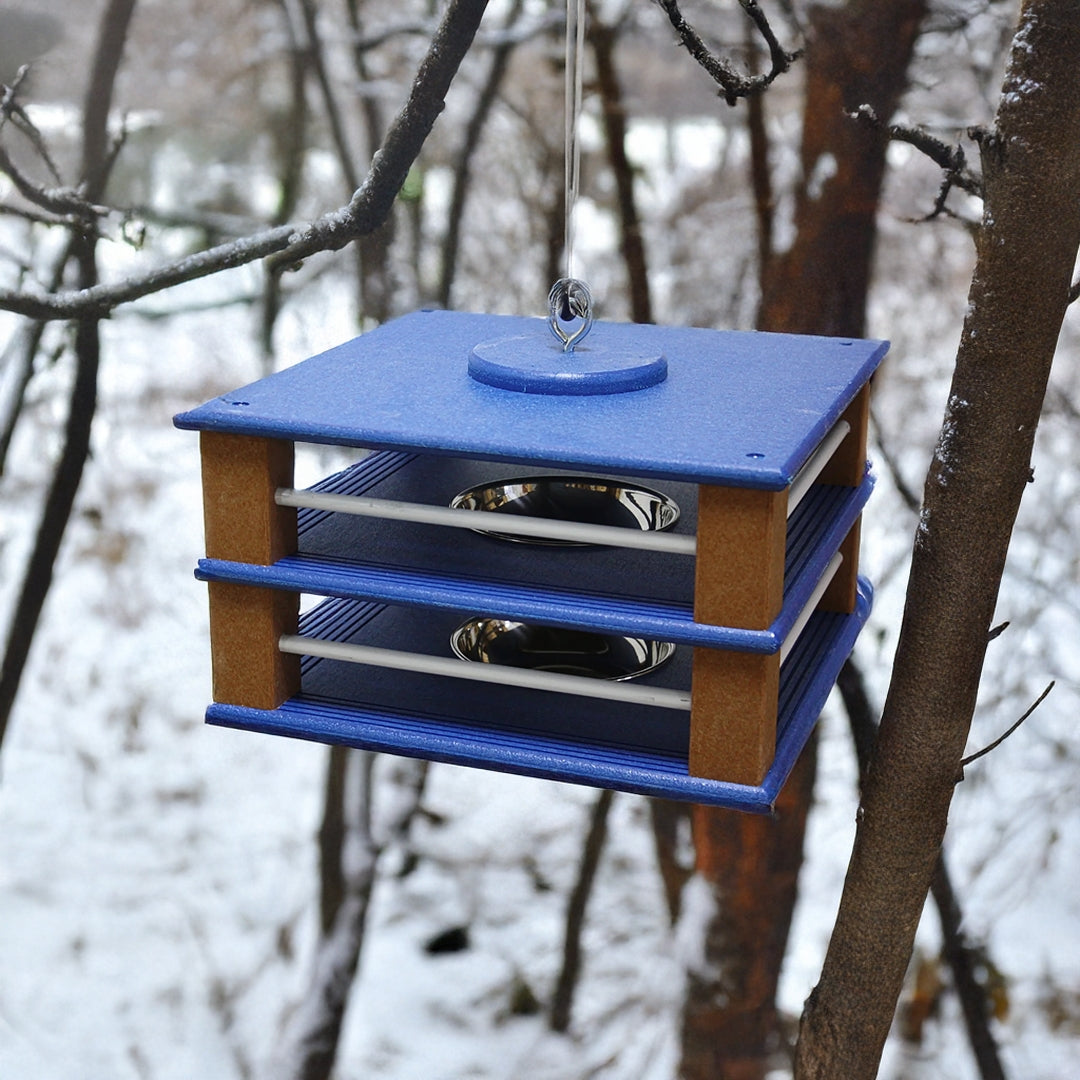It's that time again... Great Backyard Bird Count 2014! Get ready for the global event. Get set and count... it's FREE!
Free, Easy and Fun for All Ages
 February 14th-17th — it's free, easy and fun for all ages! The Great Backyard Bird Count (GBBC) is open to all, from novice bird-watchers, seasoned fanatics, and students of all ages. Do it this year… for the birds, for science, and for fun!
February 14th-17th — it's free, easy and fun for all ages! The Great Backyard Bird Count (GBBC) is open to all, from novice bird-watchers, seasoned fanatics, and students of all ages. Do it this year… for the birds, for science, and for fun!
Citizen-science where participants need not be able to identify every single species, the online submission process helps check accuracy and prevent errors.
Help Track the Health of Bird Populations
Bird watchers from more than 100 countries are expected to participate in the 17th Annual GBBC. Anyone anywhere in the world can count birds for at least 15 minutes on one or more of the specified days and enter their sightings at www.birdcount.org.
The information gathered by tens of thousands of volunteers helps track the health of bird populations at a scale that would not otherwise be possible. The GBBC is a joint project of the Cornell Lab of Ornithology and the National Audubon Society with partner Bird Studies Canada.
Great for educators and class projects, kindergarten through high school... it gets kids outside and involved with the nature! We'll be posting results online via links to The Cornell Lab once the count has ended!
Make a Difference for Birds
Last year's Great Backyard Bird Count shattered records after going global for the first time. Participants reported their bird sightings from all 7 continents, including 111 countries and independent territories. More than 34.5 million birds and 3,610 species were recorded — nearly one-third of the world's total bird species documented in just four days.
The Great Backyard Bird Count is a great way for people of all ages and backgrounds to connect with nature and make a difference for birds. It's free and easy. To learn more about how to join the count, visit www.birdcount.org and view the winning photos from the 2013 GBBC photo contest.
Here’s a Fast Guide to What’s Involved
- Make a plan: You’ll need to count birds for a minimum of 15 minutes on one of the count days, but you can count all four days, and you can count for as long as you want. More counting produces more data to show us where the birds are.
- Know your place: Decide whether your count is a STATIONARY COUNT, like watching a feeder out the window, or a TRAVELING COUNT, such as birding during a hike. Print out adata form so that you’ll know what information to record, and a regional bird checklist to help with identification.
- Count: Record the highest number of each species seen together at one time in stationary counts. For traveling counts, record the total number of individual birds of each species you see during the walk. For more info, visit www.birdsource.org/gbbc/howto.html
- Report: Enter your findings through the website by clicking on “Enter Your Checklists!” and following instructions.
- Spread the word: Tell others about your experience. Find out how to be a GBBC ambassador by clicking "Get Involved" on the website.


